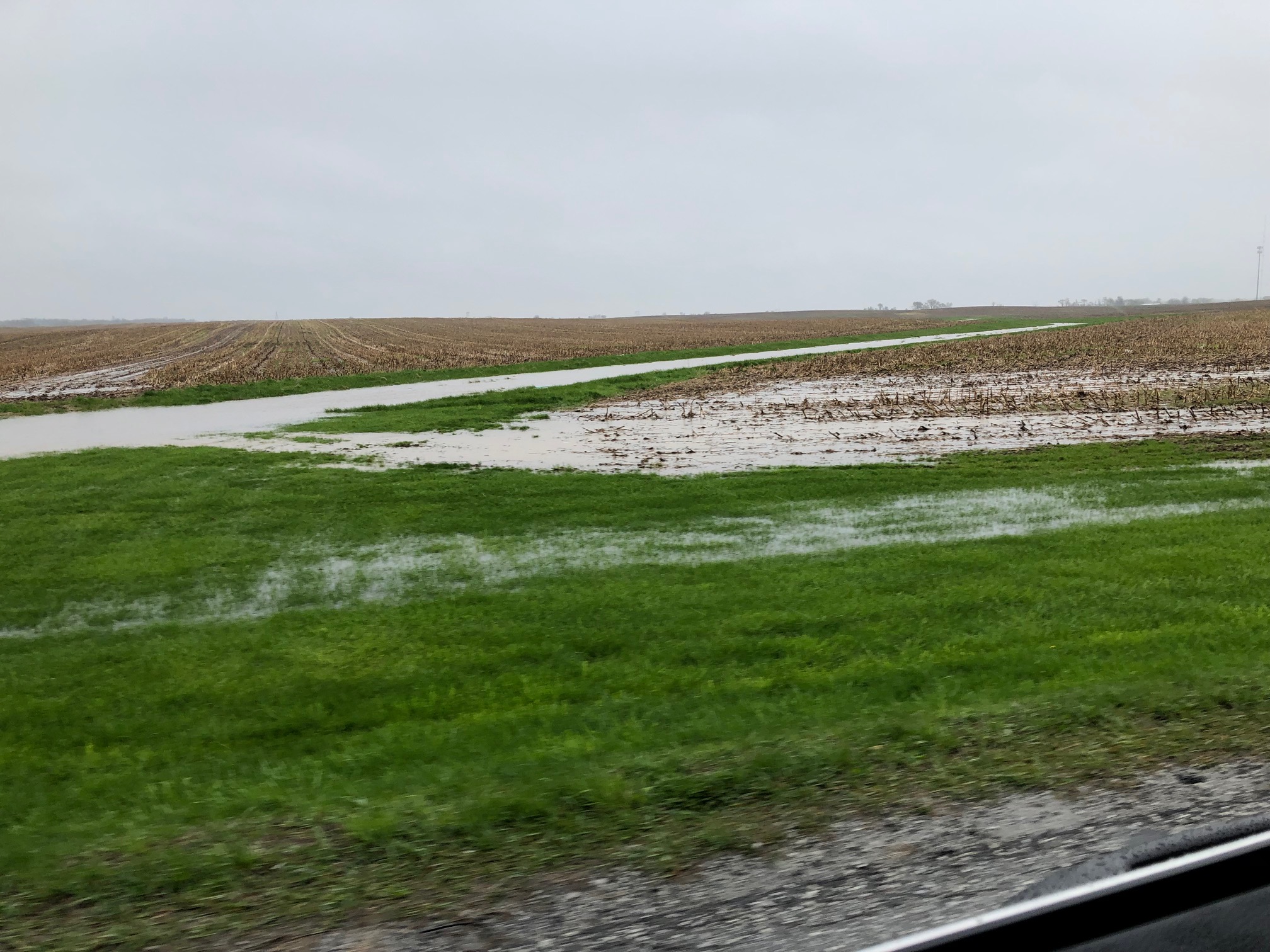Main Content
Welcome to Plant Cover Crops
Search for answers here.
Cover crops can help:
- Protect the soil surface from erosion & improve water infiltration
- Elevate water holding capacity of the soil
- Suppress weeds
- Guard the soil surface from extreme temperatures, rain, and wind
- Improve soil structure & reduce compaction
- Increase yield potential
- Raise soil organic matter levels and improve soil physical properties
- Mineralize, reposition, and scavenge nutrients in the soil and utilize them for the next crop
- Enhance soil biological activity and health
- Potentially reduce nutrient costs
- Produce forage, reducing feed costs
Soil Surface Protection
Cover crops protect the soil surface from water and wind erosion, allowing you to keep your soil on your farm. They form a canopy to shield the soil surface from extreme temperatures and heavy, pounding rains.
Cover crops also give us the ability to keep water on the farm by allowing water enough time to soak into the soil, preventing run off.

Soil Structure
Over time, a living cover crop, along with earthworms, will change the soil structure on your farm.
Cash crop roots will penetrate the soil with greater ease, more oxygen will enter the system, more chemical reactions will take place, and a larger microbial population will grow.
Reaching a 25% air to 25% water ratio will optimize plant nutrient availability.
As cover crops grow and die, resilience is brought back to the soil, particles stick together (flocculate), and compaction is reduced.
Organic matter percentage of soil volume expands as the cycle continues. More nutrients are securely stored in more humus as it develops over time.
Measuring organic matter increases is a multi-year process, but not a lifetime process, as we used to believe. The short term soil structure improvements give us physical evidence of organic matter increase.

Decreasing Undesirables
Cover crops suppress weeds in two ways – by direct competition and by shading the soil.
In some cropping systems, using a cover crop as a companion to the primary crop (growing between rows or underneath the canopy) will help out-compete weeds.
Cover crops, like cereal rye, release allelopathic compounds that deter weed germination.
Other cereal grains like oats, barley, millet, sunflowers, buckwheat, and sorghum sudanrass are very effective in weed suppression as well.